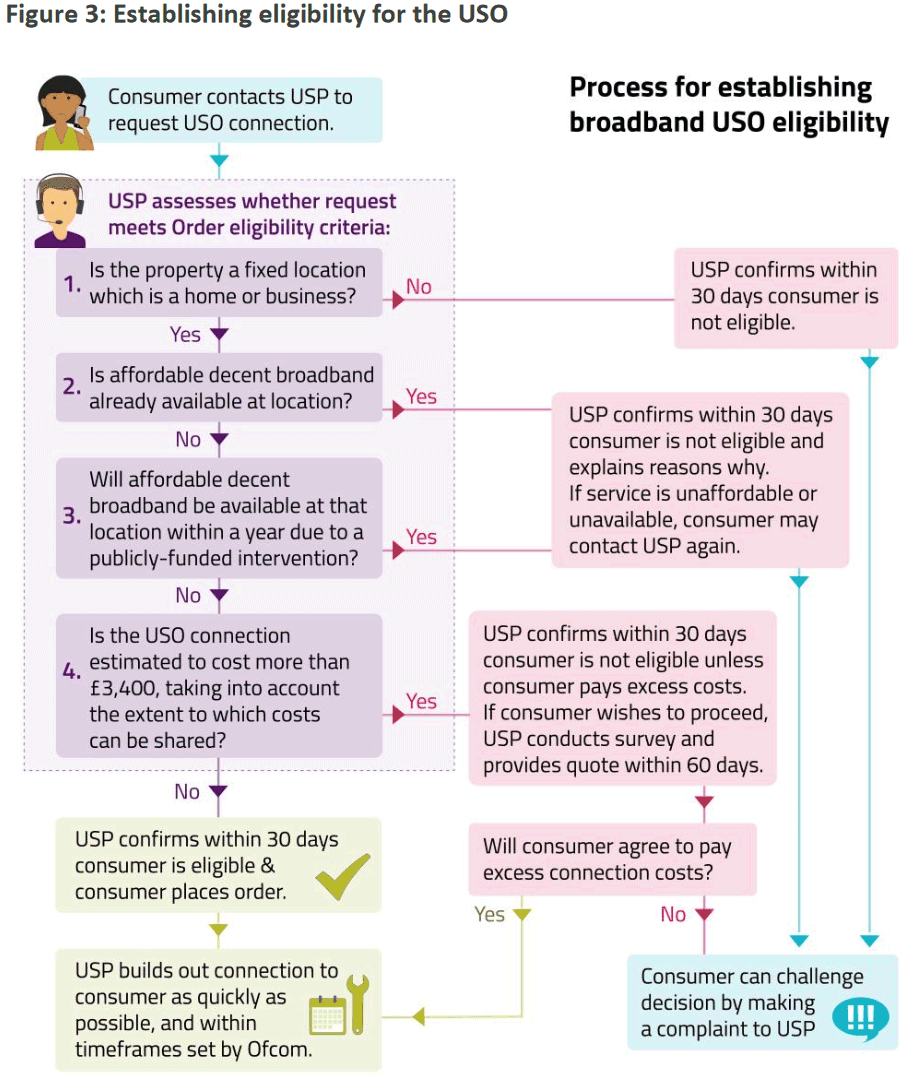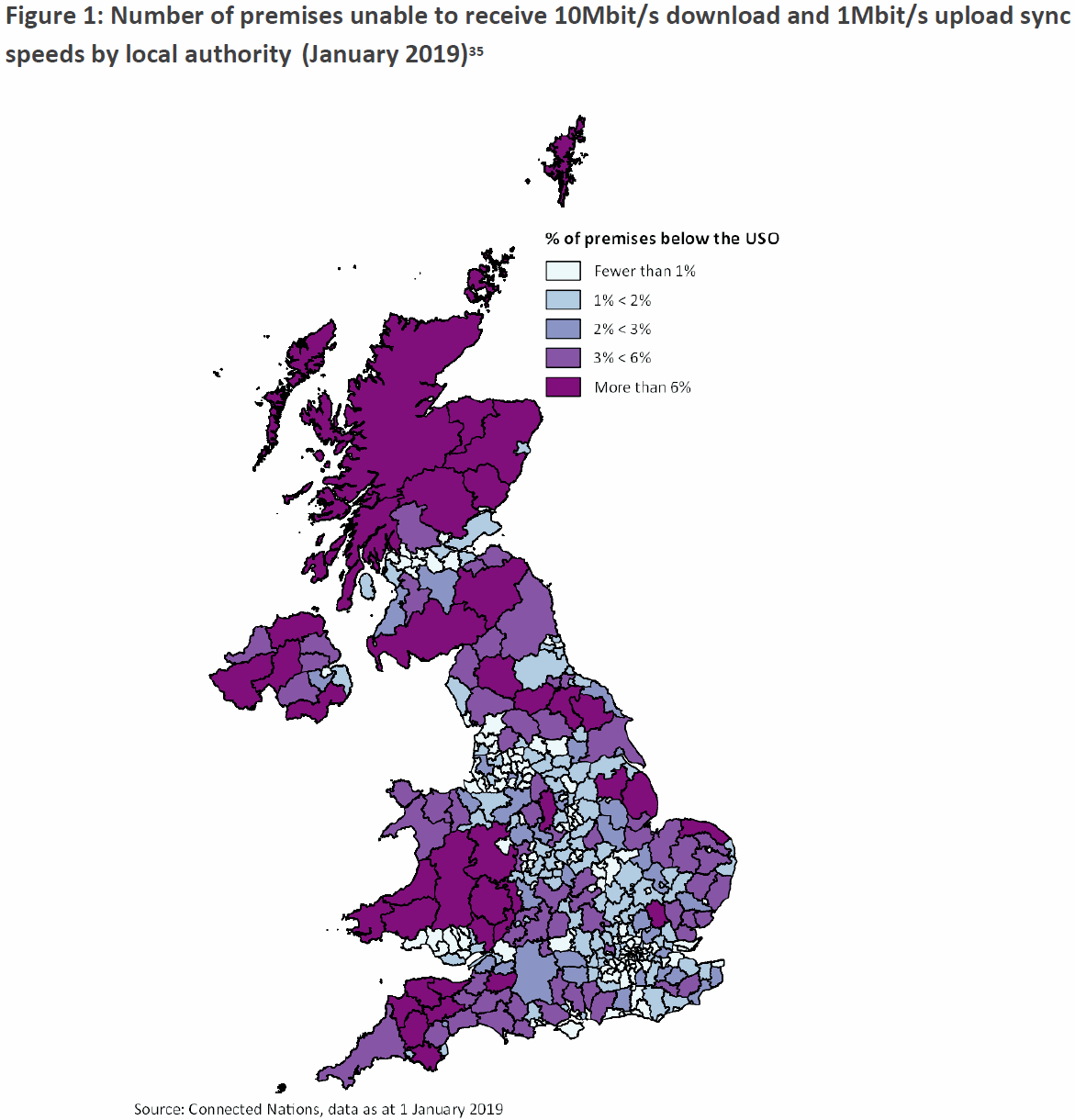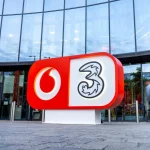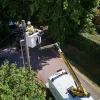Ofcom Set March 2020 Launch for 10Mbps UK Broadband USO
The national telecoms regulator, Ofcom, has today confirmed the final details for how the new 10Mbps+ (1Mbps upload) Universal Service Obligation (USO) for broadband – to be supplied by ISPs BT and KCOM – will be delivered and work once it’s introduced from 20th March 2020.
At present it’s anticipated that fixed line “superfast broadband” (24Mbps+) ISP networks should be available to around 98% of premises across the United Kingdom by the end of 2020 (currently 96%+), which means that the focus of the government’s new USO will primarily be on helping to cater for those in the final 2%; estimated to be somewhere around 620,000 UK premises today but this number is continuing to fall (England 434K premises, N.Ireland 39.5K, Scotland 99K and Wales 47K).
The final 2% will thus reflect remote rural areas and possibly a few disadvantaged urban ones (Summary of the USO). However, the USO is NOT an automatic upgrade, which means it will give people the “legal right” to “request” a 10Mbps+ connection from a supporting ISP but such “premises will not be eligible for a USO connection if they are included in a publicly funded broadband rollout plan within the next 12 months.”
Advertisement
In addition, you might have to wait awhile before the ISP gets around to installing it. Ofcom states the “maximum time that consumers should have to wait to receive a connection is one year from the request date” (the regulator does expect ISPs to be quicker than this, provided it doesn’t result in disproportionate costs being incurred – details below). Otherwise the USO itself, as currently designed, is as follows.
10Mbps USO Specification
* A minimum download “sync” speed of at least 10Mbps (Megabits per second).
* A minimum upload “sync” speed of at least 1Mbps.
* A medium response time with end-to-end latency of no more than 200ms for speech applications (rules out Satellite).
* A maximum sharing between customers (contention ratio) of 50:1.
* A minimum data allowance of 100GB.
* A technology neutrality design (can be delivered via a mix of fibre based and / or wireless solutions).
* BT/KCOM will have 30 days to make an assessment about whether or not a consumer is eligible for the USO after request.
* BT must deliver every USO connection as quickly as possible and deliver at least 80% of connections within 12 months, 95% within 18 months, and 99% within 24 months of the confirmed USO order (this should help to manage the expected rush of early requests). KCOM must deliver a USO connection as quickly as possible and no later than 12 months after someone places their order, unless there are exceptional circumstances that make it more difficult.
* The USO must adopt uniform pricing (i.e. cost the same no matter where you live), with a maximum cap of £45 inc. VAT a month. People who only have access to a service priced over £45 per month will also have the right to request a USO connection.
* The UK Government stipulated in its legislation (Digital Economy Act 2017) that the definition of the USO speed should be reviewed when at least 75% of premises in the UK subscribe to a broadband service that provides a download speed of at least 30Mbps. This is likely to be a fair few years away.
Furthermore the obligation will be funded by industry (e.g. ISPs), have a cost threshold of £3,400 (i.e. you may have to help pay for it if the cost per property goes above this or forget the USO and go with Satellite) and support a form of demand aggregation (i.e. multiple properties could be used to bring the cost down by considering take-up).
On that last point, Ofcom states that where network infrastructure can be shared, build costs should also be shared between premises to determine whether the cost of provision to an individual premises would fall below £3,400. Using the regulator’s own example, if a cabinet served 100 premises and the cost of deploying FTTC was £100K, an assumed take-up of 70% would mean that the cost of upgrading that cabinet would be just £1,429 for each premise (note: other technologies, such as FTTP and 4G, could also be used).
At the time of the last update Ofcom proposed setting a 70% forecast take-up for the purposes of calculating the cost of provision of a USO connection (Broadband Deliver UK has shown that similar FTTC deployments are already reaching or exceeding c.50% take-up and BT is forecasting 61%), although the regulator initially felt as if 80% was a better long-term view (i.e. they chose 70% as the middle ground).
Advertisement
Ofcom’s analysis of the £3,400 threshold suggested that it could enable coverage for up to 99.8% per cent of UK premises.
Lindsey Fussell, Ofcom’s Consumer Group Director, said:
“As more of our daily lives move online, bringing better broadband to people and businesses is crucial. From next year, this new broadband safety net will give everyone a legal right to request a decent connection – whether you live in a city or a hamlet. This will be vital for people who are struggling to get the broadband they need.”
Jeremy Wright, DCMS Secretary of State, said:
“As part of our commitment to building a Britain that works for everyone, we’re giving every home and business the legal right to get a decent connection. I welcome Ofcom’s announcement today and look forward to seeing BT and KCOM connecting customers from March next year.
We’ve already brought superfast broadband to 96% of the UK and are pushing forward with delivering a nationwide full-fibre network by 2033, prioritising rural locations first.”
Suppliers, Cost and Technology Choice
Naturally the government has left the final technical challenges up to Ofcom. Among other things the regulator has had to decide A) who will supply it, B) what broadband technologies can be used to deliver it and C) precisely how the industry will support the necessary Universal Service Fund (USF) to pay for it all (cost-sharing mechanism).
Previous estimates from Ofcom and the BSG have noted that the 10Mbps USO could cost anything from around £200m and all the way up to £1bn (here), depending upon its design. Similarly BT’s now rejected voluntary proposal for delivering the USO put the cost at around £450m – £600m. Suffice to say that’s a lot of money and ultimately we could all end up helping to foot the bill.
Another challenge has existed in terms of supplier choice. Last year Ofcom said that five ISPs had expressed an interest in becoming a USP, including Broadway Partners, BT (Openreach), Hyperoptic, KCOM (Hull-only) and Quickline. After further work the regulator decided that only BT, KCOM and Hyperoptic satisfied all of their criteria, but the latter then withdrew (here).
Advertisement
Ofcom is now in the same position as they had with their original USO, with BT proposed as the USP for the whole of the UK (excluding the Hull Area) and KCOM covering Hull. We should point out that KCOM has now deployed FTTP (plus a tiny bit of FTTC) across their entire network area and so delivering the USP won’t be much of a problem.
Meanwhile BT (EE) has previously said that they intend to use a mix of Fibre-to-the-Premises (FTTP) and Fibre-to-the-Cabinet (FTTC) to meet part of the USO, which in some areas could be challenging for them within the stated time-scales. However both they and Ofcom now agree that fixed wireless (FWA) 4G can do the bulk of this.
BT further estimates that 110,000 premises will be difficult to reach and costly to serve (i.e. not eligible for a USO service unless consumers contribute to fund part of the roll out cost [above the £3,400 cost threshold set out in the legislation). In those cases they point to their co-funded Community Fibre Partnerships (CFP) scheme.
Philip Jansen, CEO of BT, said:
“BT is very pleased to have been chosen by Ofcom to deliver the Government’s promise to connect the UK. It’s great news that the majority of homes and businesses in rural areas can choose a fixed wireless service from EE to solve the problem of slow broadband and get speeds way faster than 10Mbps.
Through Openreach we are now extending our fibre broadband network to reach an additional 40,000 premises within the USO area for whom FWA is not the answer. We’ll continue to drive discussions with Ofcom, Government and industry to explore alternative options to connect up every property in the country and ensure no-one is left behind.”
Other ISPs have largely rejected any notion of taking on such a significant legal and financial burden (here). We will keep a close eye on all this and Ofcom will also be reviewing progress. As above, we’re particularly concerned about the potential for a rush of early requests to swamp existing resources and there’s also the issue of awareness (i.e. people may not even be aware of the ‘what, where and how’ of making a USO request).
We are currently in the process of reading the final document in detail in order to pick out any interesting bits and may update again later.

Ofcom’s Final USO Statement (PDF)
https://www.ofcom.org.uk/delivering-the-broadband-universal-service.pdf
UPDATE 10:51am
One crucial element that we’ve noticed in today’s report is that Ofcom still hasn’t finalised their funding (USF) approach and plan to consult on this during autumn 2019, which seems like a rather odd way of doing things (i.e. set out the final deployment / technology before you’ve finalised the cost / funding arrangements).
We [Ofcom] will consult on funding regulations in autumn 2019 which will contain:
a) procedures setting out how applications by the Universal Service Provider in respect of the net cost burden should be made;
b) procedures setting out how Ofcom will determine such applications (i.e. procedures for verification of the net cost and for consideration of whether or not the net cost represents an unfair burden on the Universal Service Provider, and if so, the extent of that unfair burden); and
c) provisions specifying how a fund would operate in the event that Ofcom determined that there was an unfair burden on the Universal Service Provider (i.e. who would contribute and in what proportions; and how funds would be collected and distributed).

Mark is a professional technology writer, IT consultant and computer engineer from Dorset (England), he also founded ISPreview in 1999 and enjoys analysing the latest telecoms and broadband developments. Find me on X (Twitter), Mastodon, Facebook, BlueSky, Threads.net and Linkedin.
« Tutela Study Names Fastest UK 4G Mobile Operators for H1 2019


















































Comments are closed